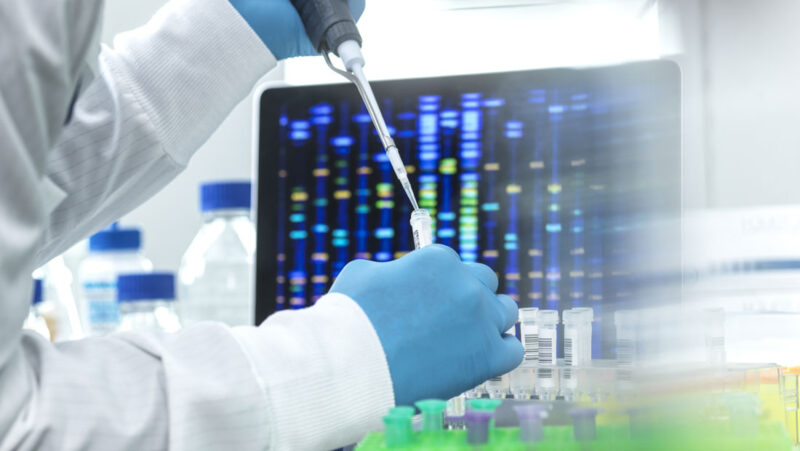Assessment of renal function is a key skill for pharmacists. It is used in determining medication choice as well as dosing decisions for medicines in the care of the critically ill.
All pharmacists receive training about renal disease and drug dosing, but in practice this is usually aimed at chronic renal impairment and does not consider the rapid changes in renal function seen in critically ill patients.
Standard equations that use plasma creatinine information to yield estimates of renal function, such as Cockcroft and Gault, or eGFR, are based on assumptions that frequently do not hold true in critically ill patients. In abrupt or acute changes in renal function, creatinine is not produced at the same rate as it is being eliminated. In addition, other artificial means of organ support may affect renal chemistry, such as with renal replacement therapy. Under these circumstances, pharmacists must use other means to assess renal function.
Formal creatinine clearance tests through a 24-hour urine collection, with analysis of creatinine content and a plasma creatinine will give an accurate average figure for the 24 hours that the urine was collected for. A shorter collection period can be used to gain information more quickly (for example, eight or 12 hours). This is not a common approach in the UK, but we can look at other routinely collected pieces of information to make an informed guess.
Most people make at least 1ml urine per kg per hour, and a urine output is considered ‘borderline’ when it falls to 0.5ml per kg per hour – this often translates into about 30ml of urine per hour.
Clearly, a patient who is producing no urine has a significant renal impairment (unless the catheter is blocked, or poorly positioned). Urine output information is routinely collected in critical care units and is therefore available for assessment.
Training about renal disease and drug dosing usually does not consider the rapid changes in renal function seen in critically ill patients
The absolute creatinine figure will give an indication of degree of renal impairment (if the creatinine value is stable for a number of days), but the rate of change in any trend also adds good information.
Consider a standard 60kg patient with normally good renal function, who suffers sudden acute renal failure. The urine output swiftly falls to zero but the creatinine will be normal (and so eGFR and Cockcroft-Gault will be normal). The following day the creatinine may have risen by 80 or 100 units. A rise completely in keeping with sudden and complete renal failure, but the absolute value plugged into eGFR or Cockcroft and Gault will only indicate perhaps mild renal impairment.
When assessing renal function, in most cases we are really only trying to assign to one of a few ‘bands’ of function: Normal renal function, mild impairment, moderate impairment, severe impairment or complete renal failure. Two other states or factors also exist; firstly, in some patients there is actually an enhanced or augmented renal state where the kidney has recruitable reserve and has upregulated in some clinical states; secondly, there is artificial renal replacement therapy (dialysis, filtration, diafiltration) that may be used.
Patients with mild acute kidney injury (AKI) may have a fall in urine output with small daily increases in creatinine. Those with moderate AKI may have borderline urine output (such as 30ml/hour) that is sustained for some time, resulting in larger increases in daily creatinine measured in plasma. A urine output of less than this might be considered severe renal impairment, with creatinine values that increment by 40-60 a day.
The scientific method, of course, is to do formal urine collection and creatinine calculation, but you probably won’t have this information, and therefore have to make an informed guess along the lines outlined above. Luckily, most drugs that you are tempted to worry about, such as antibiotics, have a very wide safety margin. Serious dose related side effects of high doses of antibiotics are rare. Underdosing through very prompt dose reduction in an attempt to avoid accumulation and toxicity is very likely to leave serious infections inadequately treated and may have serious consequences.
Young adult patients with good urine outputs, low creatinine, and a ‘hyperdynamic circulation’ such as you might find with sepsis, burns or trauma, can have augmented renal clearance – a creatinine clearance of over 170ml/min. Such patients need higher than normal doses or dosing frequencies to achieve ‘normal’ plasma levels of drugs such as antibiotics, and studies show that normal antibiotic doses lead to more treatment failures than when more aggressive regimens are used.
Additional clearance of drugs can also occur when the patient suffers from large fluid losses through surgical drains, and knowledge of this may nudge your decisions one way or another when dosing drugs. You may decide to give a larger dose or more frequent doses if there are significant surgical drain losses compared to when there are not.
The opinions expressed in this article are those of the author. They do not purport to reflect the opinions or views of the UKCPA or its members. We encourage readers to follow links and references to primary research papers and guidance.
Competing interest statement:
The author declares: no support from any organisation for the submitted work; no financial relationships with any organisations that might have an interest in the submitted work in the previous three years; no other relationships or activities that could appear to have influenced the submitted work.




